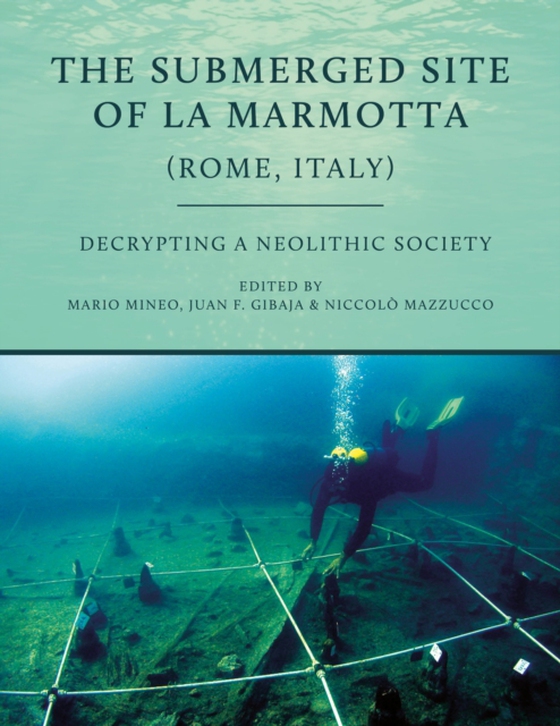
Submerged Site of La Marmotta (Rome, Italy) e-bog
257,48 DKK
(ekskl. moms 205,98 DKK)
The shift from a hunting and gathering economy to a productive economy, based on the domestication of plants and animals, is one of the most important changes in human history. This change, which manifested itself in different forms and at different times in different areas of the Old and New Worlds, is still a subject of debate and discussion today. How and why does such a profound change occu...
E-bog
257,48 DKK
Forlag
Oxbow Books
Udgivet
4 maj 2023
Længde
160 sider
Genrer
1DST
Sprog
English
Format
pdf
Beskyttelse
LCP
ISBN
9781789258738
The shift from a hunting and gathering economy to a productive economy, based on the domestication of plants and animals, is one of the most important changes in human history. This change, which manifested itself in different forms and at different times in different areas of the Old and New Worlds, is still a subject of debate and discussion today. How and why does such a profound change occur in the relationship with the environment and the land? Could the arrival of foreign settlers with a mature and structured Neolithic cultural heritage be the cause of this change in the Mediterranean?The archaeological excavations conducted at the settlement of La Marmotta (Anguillara Sabazia, Rome, Italy), today submerged under the waters of Lake Bracciano, represents one of the most relevant Neolithic villages of the entire Mediterranean. The exceptional nature of this site is given by the conservation of the organic remains. Not only are the piles and architectural remains of the houses well preserved at La Marmotta, but so are small finds and fragile artifacts such as spoons, textile crafts, baskets, ropes, sickles and bows. In addition, there are a huge variety of remains of both animal and vegetal nature, such as seeds, spikelets, bundles of wheat and other plants, possible cheese and milk derivatives and other mixtures of foodstuff. This set of materials has an enormous potential for changing and deepening our understanding of the first farming societies, of their technological complexity, their know-hows, their lifestyle and food habits. Thanks to La Marmotta it is truly possible to rewrite the evolution of techniques for processing plants and wood during prehistoric times. Until now, published information on the site is very limited and partial. The main aim of this book is to make visible the extreme richness of the La Marmotta archaeological record and provide insights into Neolithic woodworking, basketry, textile production and other crafting and subsistence activities.
 Dansk
Dansk

